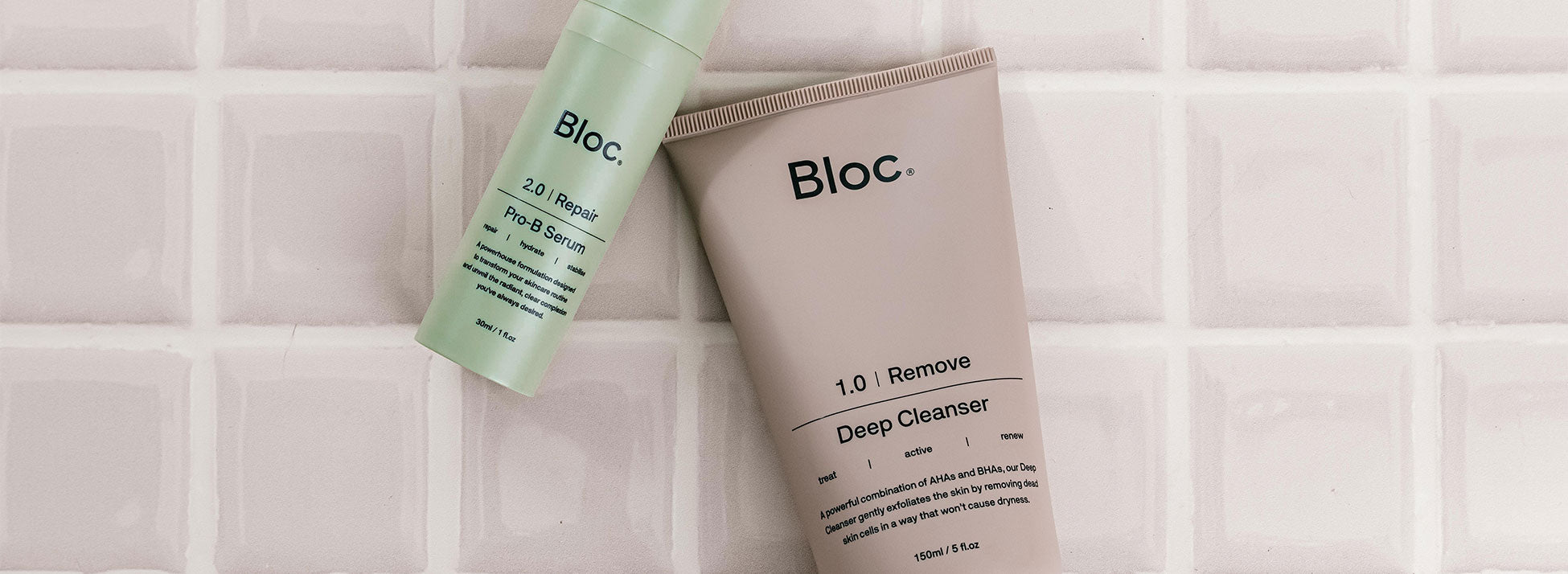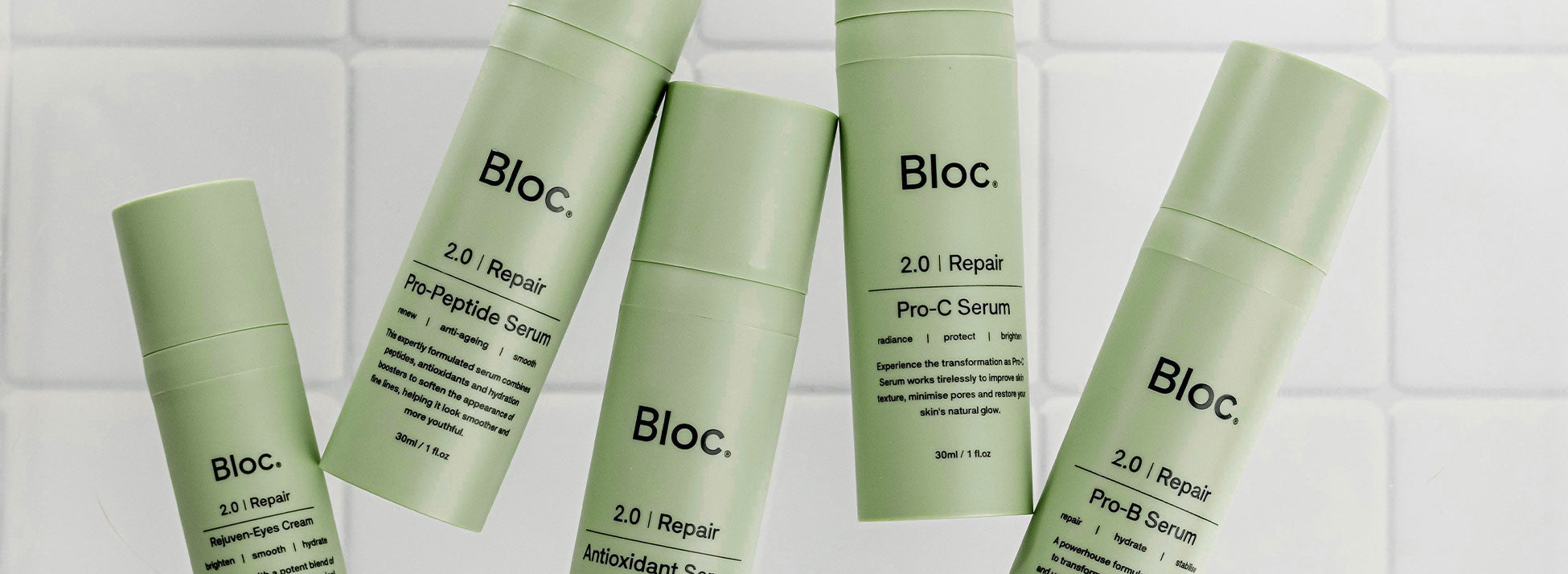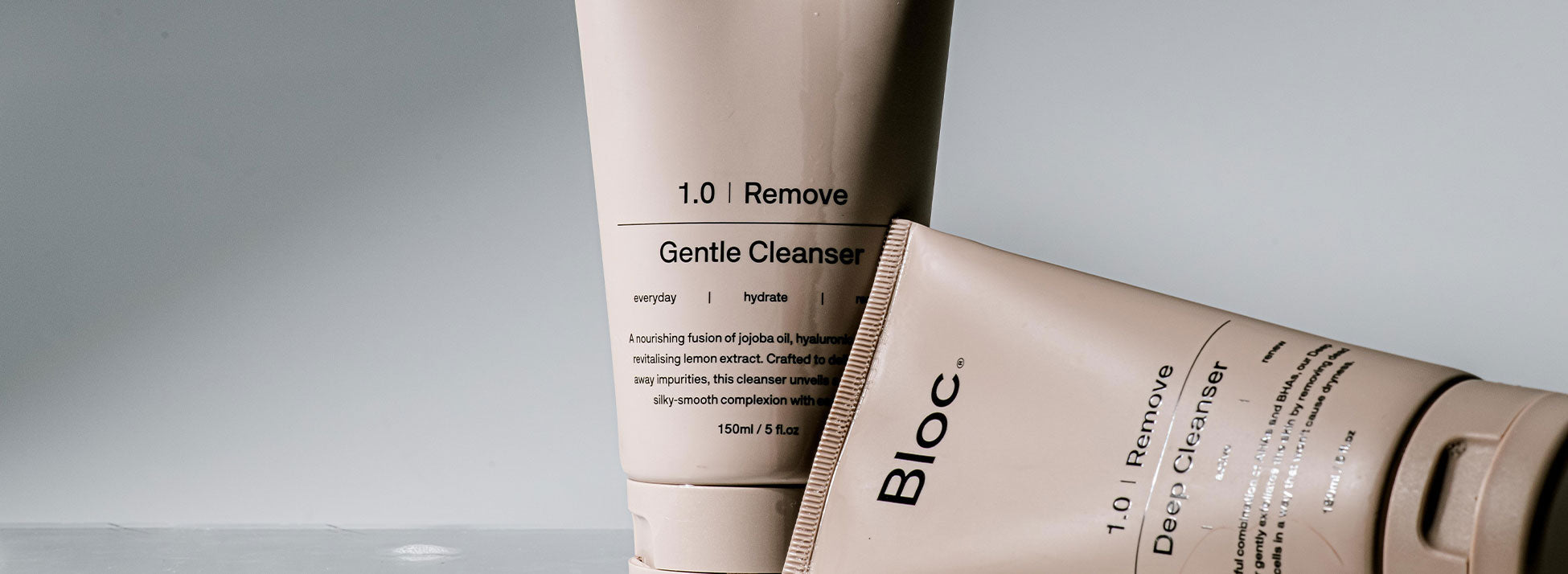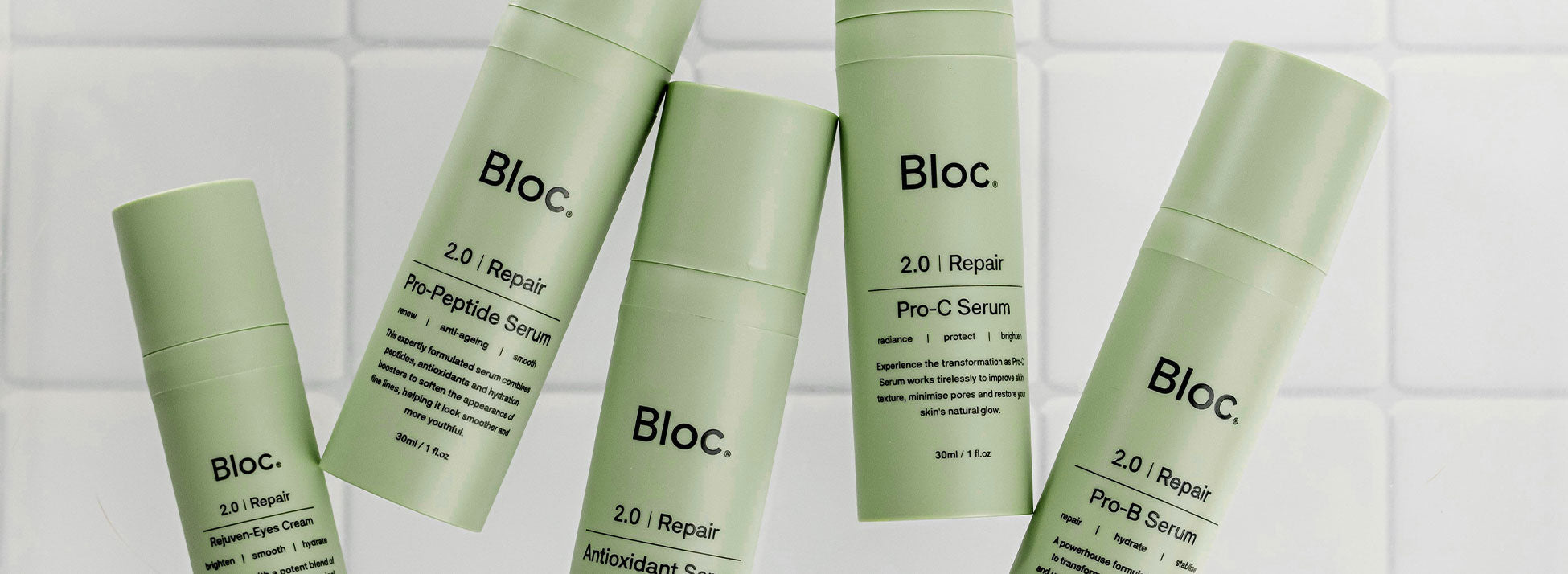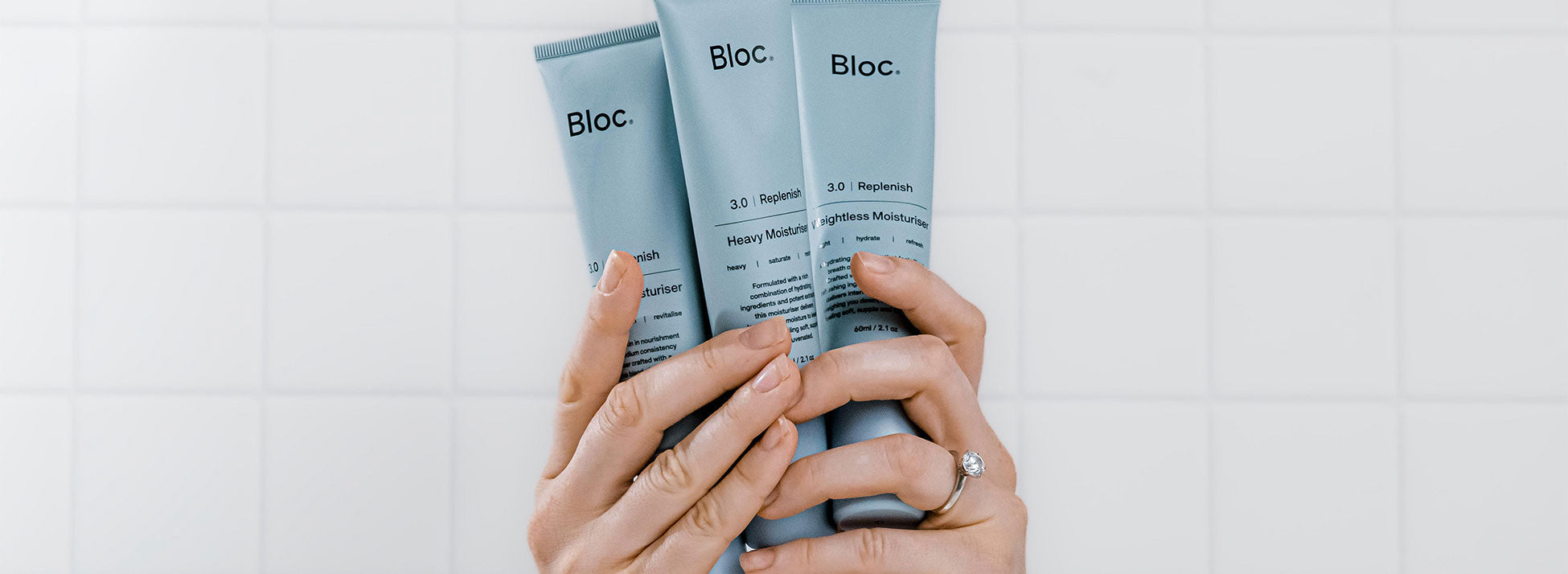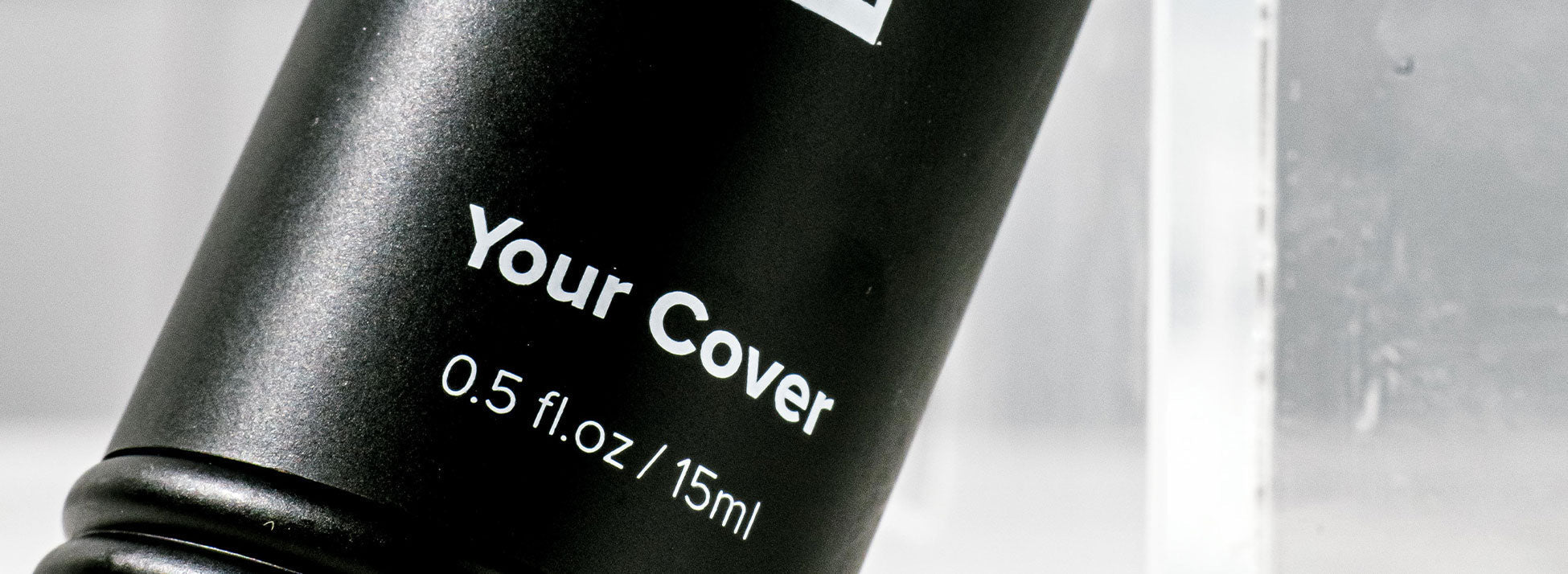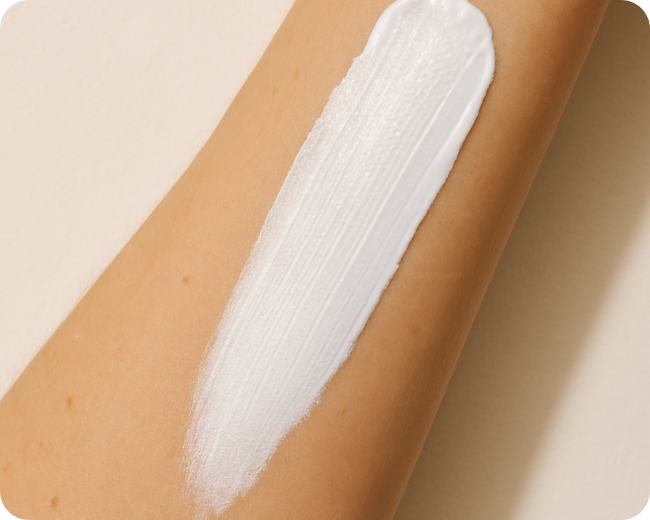Why Are Suntan Lotions with Zinc Oxide the Best Choice for 2025?
Suntan lotions with zinc oxide are gaining popularity in 2025 for their ability to provide natural, broad-spectrum sun protection without irritating sensitive skin. Unlike chemical sunscreens, zinc oxide forms a physical barrier that reflects harmful UV rays while remaining gentle and safe. This blog explores why they’re ideal for both everyday wear and extreme sun exposure.
Spending time outdoors is part of the Australian lifestyle. Whether it’s a coastal walk, a backyard barbecue, or the school run, your skin is constantly exposed to ultraviolet (UV) rays. Over time, this exposure can lead to premature ageing, sunburn, and an increased risk of skin cancer.
For those with sensitive, breakout-prone, or reactive skin, sun protection can be tricky. Many traditional chemical sunscreens cause irritation or breakouts. That’s why zinc oxide sunscreen is considered one of the safest and most effective options available.
In this guide, we’ll explore how zinc oxide works, its benefits, how to choose the right one, and our top picks for 2025.
What Is Zinc Oxide and Why Does It Matter?
Zinc oxide is a naturally derived mineral that acts as a physical sunscreen. It sits on top of the skin and reflects both UVA and UVB rays, rather than absorbing them like chemical filters do.
Zinc oxide is one of the only sunscreen ingredients classified as broad-spectrum, photostable, reef-safe, and non-irritating, making it ideal for all skin types, especially sensitive and acne-prone skin.
Benefits of Zinc Sunscreen
1. Ideal for Sensitive or Problematic Skin
Zinc oxide is non-comedogenic and unlikely to clog pores or trigger irritation. It’s often recommended for:
- Eczema
- Rosacea
- Acne
- Post-treatment skin (like lasers or peels)
- Baby and toddler skin
2. Broad-Spectrum Protection
Zinc oxide offers full protection against both UVA (ageing) and UVB (burning) rays, without relying on multiple synthetic ingredients.
3. Long-Lasting and Stable
Unlike some chemical sunscreen ingredients, zinc oxide does not degrade in sunlight. It provides consistent, reliable protection without the risk of causing redness or stinging.
4. Reef-Safe and Eco-Friendly
Zinc oxide is not linked to coral reef bleaching and is often used in sustainable, reef-safe sunscreen formulas. Look for products free from oxybenzone, octinoxate, and nanoparticles.
5. No Waiting Time
Because it creates a physical barrier, zinc oxide provides instant protection - no need to wait 20 to 30 minutes before sun exposure.
How Zinc Sunscreen Works
After application, zinc oxide forms a thin, invisible layer that reflects UV rays away from your skin. Many modern formulas are lightly tinted or contain micronised particles to reduce the traditional “white cast,” making them more wearable for daily use.
You can now find zinc sunscreens blended with hydrating oils and skin-loving ingredients, allowing for effective sun protection that doubles as skincare.
What to Look for in a Zinc Sunscreen
For best results, choose sunscreens that contain:
- 20% or more zinc oxide for maximum SPF coverage
- Non-nano zinc oxide for better environmental and skin safety
- Antioxidants such as Vitamin E, sea buckthorn, or green tea extract
- Hydrating oils like jojoba or sunflower to nourish dry or sun-exposed skin
- Fragrance-free and alcohol-free formulas for sensitive skin
Who Should Use Zinc-Based Sunscreen?
Zinc sunscreen is suitable for everyone, but particularly beneficial for:
- Babies and children (over 6 months)
- Individuals with allergies to synthetic ingredients
- People prone to acne or irritation
- Makeup users (many zinc formulas sit well under or over foundation)
- Eco-conscious consumers who prefer biodegradable, reef-safe formulas
How to Apply Zinc Sunscreen
- Use a generous amount – a little goes a long way, but you still need full coverage.
- Apply 15 minutes before sun exposure, especially for water-based or tinted products.
- Reapply every 2 hours and after swimming, sweating, or towel drying.
- Don’t skip high-risk areas like ears, lips, neck, and scalp.
Busting Common Zinc Sunscreen Myths
Myth 1: It leaves a white cast.
Truth: Many formulas are now tinted or use micronised particles for a natural finish.
Myth 2: It feels thick and greasy.
Truth: Today’s options are lightweight, absorb easily, and leave no residue.
Myth 3: It’s only suitable for fair skin.
Truth: Tinted options now cater to medium and deeper skin tones.
Final Thoughts
Choosing the right sunscreen is essential for long-term skin health. Zinc oxide offers a reliable, skin-friendly, and environmentally safe alternative to chemical sunscreens.
Whether you have sensitive skin, care about ocean conservation, or simply want sun protection that works without the fuss, zinc sunscreen is a smart, modern solution.
Make zinc oxide your go-to this summer and enjoy safer days in the sun with confidence.

